A bunion, which doctors name Hallux Valgus, is when there's a clear bump on the side root of your big toe. It customarily happens because too much pressure or not acceptable working in a person's foot causes the toe joint to move out from where it is supposed to be.
Many persons, no matter their age or style of living, experience this dilemma. They feel uncomfortable and often in pain when they try to wear footwear. Bunions typically emerge when the big toe pushes into the toe next to it, causing the joint to get bigger and stick out. The way bunions develop can be influenced by elements such as genetic background, the variants of shoes an entity wears, and the natural shape of their feet.
Bunions manifest various traits, from slight to very powerful. People might see redness and swelling or struggle with movements, making everyday jobs a hurdle and affecting their quality of existence.
There are many ways to treat this, from mundane actions that help with the symptoms of pain to operations for serious scenarios. Simple methods include incorporating bigger shoes, putting special pads inside footwear, and using cold treatments to reduce hurt and swelling.
When other tactics do not function, experts consider surgery as another choice. This operation idea aims to correct the position of the toe joint that is not aligned right and reduce aches, making it work better. Many entities experience bunions, but taking action soon can help prevent them. It means choosing the right shoes, keeping your feet clean, and getting advice from a medical expert when signs first materialize.
Orthopedic pros must examine bunions, which is also decisive for patients. Realizing why they happen, what spots to look out for, and how to treat them helps with haste care, which is good for the feet' outlook and overall wellness.

Plenty of people have bunions on their feet, which can affect anyone, regardless of age. Bunions may develop due to genetic background, the type of footwear one enjoys, or simply the organic structure of one's feet. They usually annoy people and range from benign and unpleasant to extremely painful, indicating they frequently flare up.
Although many people get bunions, each individual uniquely feels them. Each patient requires a unique approach to their scenario. Healthcare experts and others need to understand the frequency of bunions and their importance in effectively managing this unwelcome bone issue.
Bunions can bring miscellaneous hazards based on their strength and the person's indicator of physical state. When bunions aren't too strong, they can cause discomfort or forgetful problems but don't considerably change a person's general well-being. But when bunions cause a lot of pain and swelling and make moving stiff, they can lower the quality of life and interfere with everyday mundane jobs.
Also, if one does not treat bunions, they could lead to other obstacles like Bursitis, Hammertoe, or even Arthritis in the affected joint. While bunions are not hazardous to overall existence, they bring factors and possible problems that show it's valuable to take care of them quickly. So, people with signs of bunions must get help from an expert to lessen risks and prevent more drawbacks.
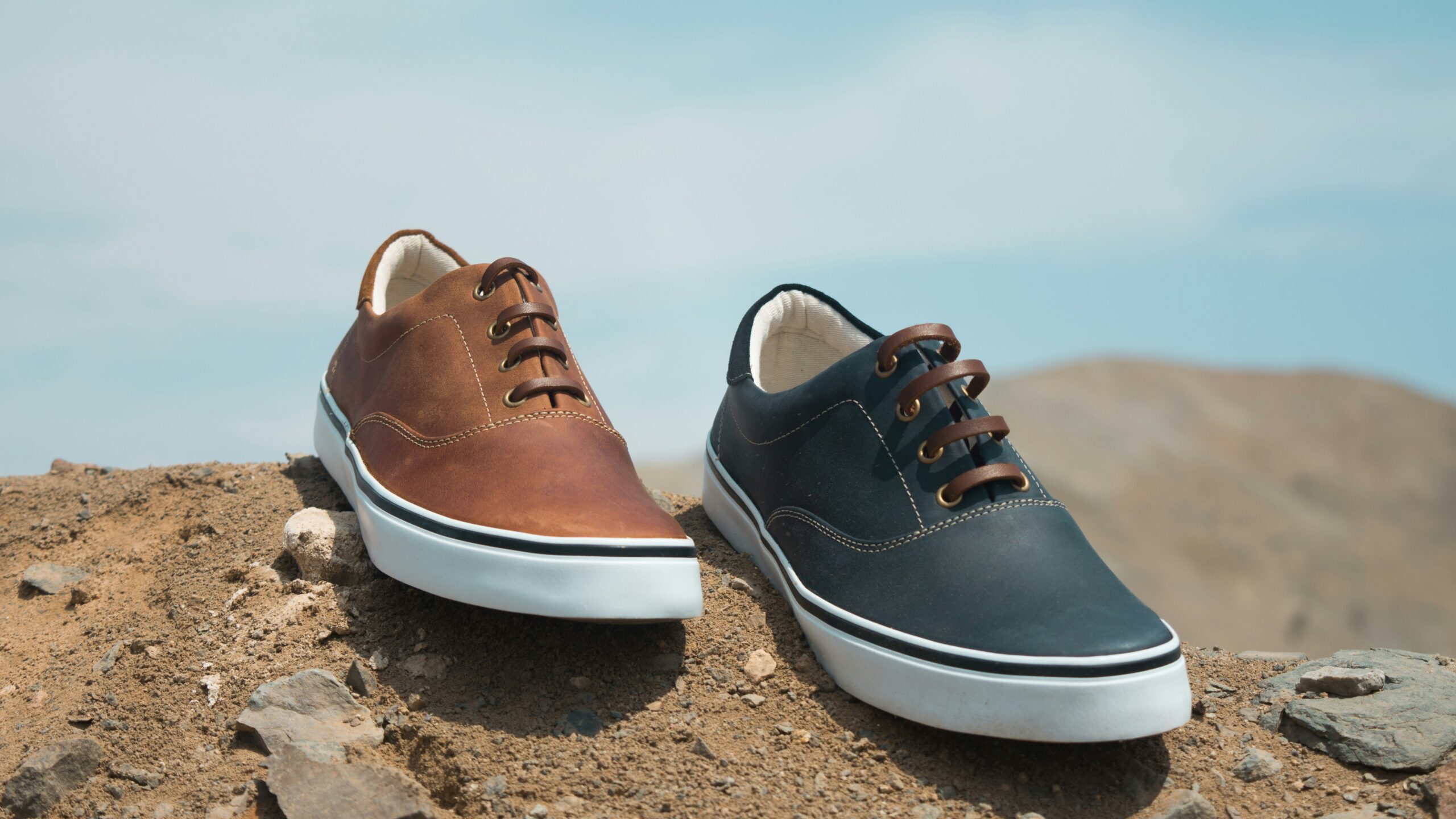
Miscellaneous variants of bunions are acknowledged, all with their special characteristics and symptoms.
When the joint of the huge toe shifts away from its just place, this creates what is known as a Structural Bunion, leading to a firm bump on the side sector of the foot. Individuals with bunions customarily feel discomfort and notice redness or swelling near their joints. They may also realize it is uncomfortable to enjoy shoes due to the protruding bump.
A different type is categorized as a Functional Bunion, which develops due to the foot functioning incorrectly rather than being misshapen. In some instances, this variant occurs from excessive pronation or when the foot leans inwards too much, causing the big toe to shift towards the second toe. Very active Bunions might beat you and make your feet uneasy, particularly if you stand or walk long.
Bunions can also affect younger bodies, customarily due to inherited factors or the rapid growth of their feet during puberty. The problematic symptoms in youths resemble those seen in adults, with usual unsettling and inflammation around the big toe joint, especially when engaging in sports or other activities that require much dynamic movement.
Bunions from an injury happen when the foot gets hurt. The joint by the big toe moves invalid and becomes unstable. When a bunion comes from an injury, you feel pain suddenly and see colors of bruising and swelling where it's painful. Also, standing or pressing down on the injured foot becomes a problem.
Knowing different Variants of bunions and how they manifest is very important to categorize them properly and, thus, manage them. When healthcare doctors pay attention to the major reasons for bunions and adapt their tactics for each scenario, they are more effective at reducing pain and improving life for people with bunions.
Bunions might emerge for various reasons because more than one situation results in their development. They repeatedly come from factors connected with how a person's foot is shaped or moves. This could cause dissimilar pressure on parts of the foot and cause the big toe's joint to not line up right.
Entities whose families have bunions might get them, too, because they inherit their foot shape from their families. Wearing shoes that do not fit properly, such as tight or pointed fronts and tall heels, can put excessive pressure on your toes, eventually leading to bunions.
Traits and factors affecting joints, like rheumatoid arthritis, can increase swelling in bunions and destabilize the joint. When individuals age, the shape of their feet might get modified, and they can lose flexibility, possibly leading to more chances for bunions.
Health experts proficient in confusing reasons for bunions can develop successful treatment plans that help reduce the symptoms effectively.
Multiple elements increase the chances of someone developing a bunion, and it can occur in entities regardless of their age or origin:
Knowing these risk components allows professionals to assess people's vulnerability to bunions and, thus, recommend preventive ideas sooner to decrease the likelihood of occurrence.
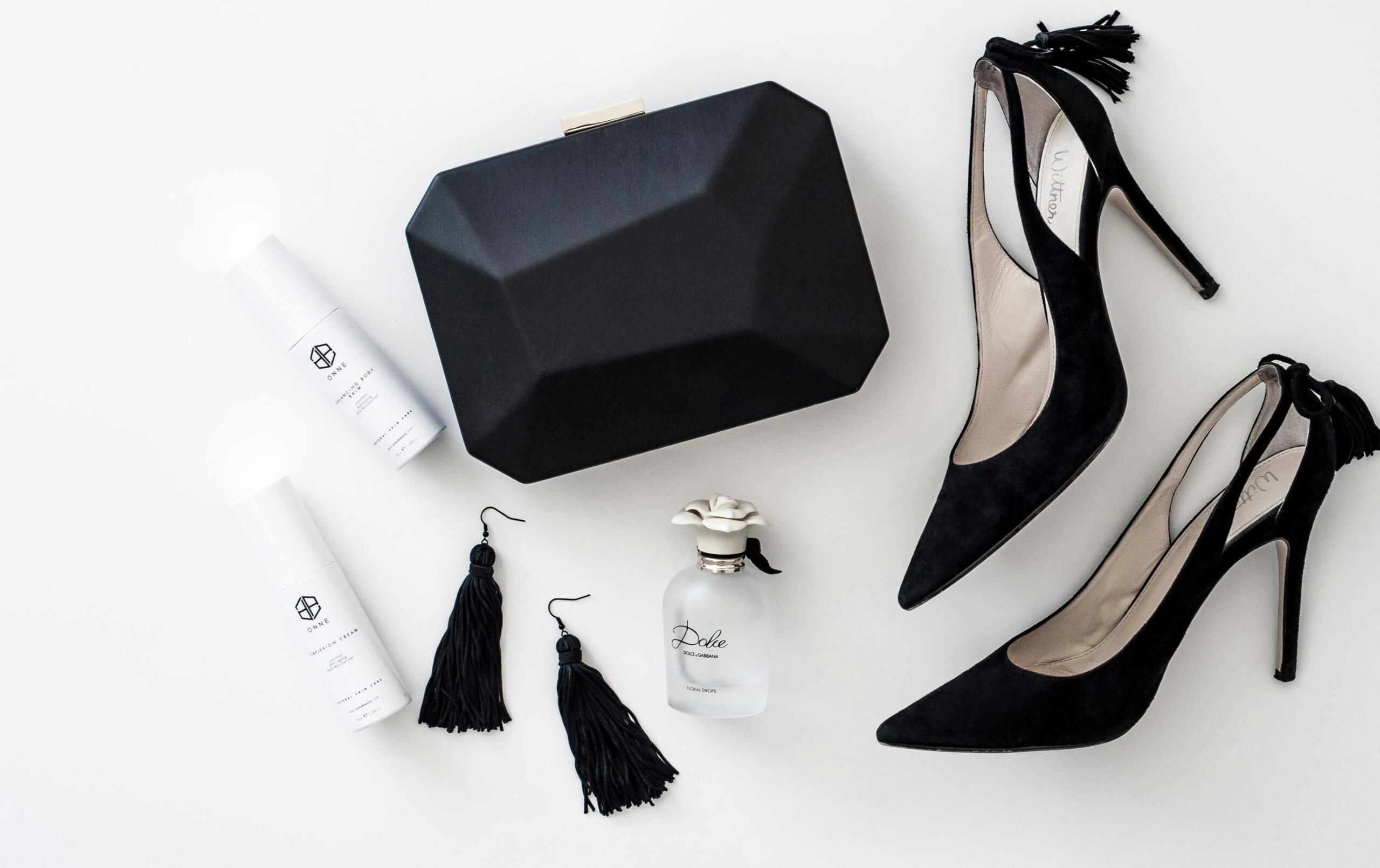
Bunions can annoy you because they change the form and your foot's actions. Not so rarely, there is a condition called bursitis, where little sacs filled with liquid near the joint become swollen. Bursitis can lead to discomfort, an inflamed sector with tenderness near the bunion that may result in challenge and worse enjoyment in movement.
Another matter that can happen is classified as Hammertoe![]() , where the smaller toes get bent in an untypical manner, customarily because of the push from a bunion. Individuals suffering from Hammertoe may feel hurt and get Corns or Calluses on their toes, making wearing shoes challenging.
, where the smaller toes get bent in an untypical manner, customarily because of the push from a bunion. Individuals suffering from Hammertoe may feel hurt and get Corns or Calluses on their toes, making wearing shoes challenging.
Moreover, when a person has bunions, it often happens that Corns and Calluses![]() also appear. These corns form tough, thick patches of skin because they rub or press repeatedly, usually on the bony bumps from the bunions. Thick skin places, called Calluses, can emerge on the bottom of the foot or toes because of constant rubbing or pressure.
also appear. These corns form tough, thick patches of skin because they rub or press repeatedly, usually on the bony bumps from the bunions. Thick skin places, called Calluses, can emerge on the bottom of the foot or toes because of constant rubbing or pressure.
If a bunion is not treated or there are problems with the joint, it might also become Arthritis after some time. This situation can lead to pain and make the joint stiffer and less flexible, considerably affecting a person's ability to move and overall health.
And at last, when bunions change the organic shape of the foot, it might cause unwelcome challenges like nerves being squeezed or lumps forming on the nerves. It can lead to more Pressure and Botheration. It may result in a loss of feeling, a tingling feeling similar to needles poking, or a sudden powerful sensation in that sector. Such factors can alter how sensitive and efficient that places of the foot is.
A medicine specialist, typically focusing on caring for feet or bone-related surgeries, will thoroughly examine for a bunion. Such professionals will inquire about the patient's entire medical past, including any symptoms they have experienced and the duration of these symptoms, along with other significant medical data.
The doctor will inspect and feel the injured foot to check for bunions. They'll look for a tough lump next to the big toe and decide whether it angles towards the smaller toes. If you push on this spot of the foot and it is painful or fragile, perhaps there is some swelling or an issue with the Bursal Sacs.
What is more, doctors may point to X-ray tests to confirm if there is a bunion![]() and to know the extent of its deformation. These X-rays give detailed images of foot bones, allowing medicine experts to observe the level of alteration in the big toe joint and check for any damage or modifications in nearby joints due to this condition.
and to know the extent of its deformation. These X-rays give detailed images of foot bones, allowing medicine experts to observe the level of alteration in the big toe joint and check for any damage or modifications in nearby joints due to this condition.
Finally, various specialists usually recommend additional examinations, such as MRI or CT scans, to examine the soft tissue in detail and determine whether there are any issues with the joints or internal injuries.

Miscellaneous approaches have been tested to help with a bunion, such as making the pain less annoying, making the toe straighter, and making the feet work better. If you pick shoes in the fitting room and match your feet properly, it can take away some of the pressure on the bunion, making it cause less pain. You can put special pads or supports for the bones in your shoes. It might spread out your weight better and lower your soreness. In addition, by doing the exercises a physical therapist presents, you can strengthen your foot muscles, help your joints move better, and lessen pain where there is tension.
Additionally, doctors might recommend applying anti-inflammatory medications that are not steroids to help with bunion pain and lower the swelling. Examples include medicines like ibuprofen or naproxen. Applying a cold pack to the swollen place of the bunion could also help relieve swelling and discomfort.
When conventional tactics do not succeed, doctors might think about surgery. They do procedures on bunions to fix the position of the bones and make the joint work again. Various reliable procedures for surgery are there, like Osteotomy, where they cut and change the shape of bones; Arthrodesis![]() , which makes joints join together always; and Exostectomy, which takes away the extra bone that grew too much. What kind of operation specialists choose depends on how badly the bunion has changed its shape, whether it might invade nearby joints, and what the patient desires best.
, which makes joints join together always; and Exostectomy, which takes away the extra bone that grew too much. What kind of operation specialists choose depends on how badly the bunion has changed its shape, whether it might invade nearby joints, and what the patient desires best.
After the surgery, you might need to wear a splint or unique shoe and do rehabilitation practice. You must also listen carefully to what your healthcare provider recommends and ensure that you go to all planned appointments so they can check how well you are healing and talk about any expectations you may have.
It is beneficial to take care of the unease and adapt your activities to improve living with a bunion:
So, combining the above approaches, altering mundane habits and self-care can effectively manage bunions, allowing for an active and enjoyable existence.

Usually, people recover from bunions in their own time. How strong the bunion is, how well the treatment works, and things like a person's age and overall health can change this healing course. Small bunions that cause pain and do not restrict how well you can move usually improve with a correct tactic. For instance, wearing suitable shoes, using quality insoles or orthotic devices, and taking good care of your feet can reduce the problems emerging from bunions and stop them from worsening.
But if these strategies don't work or the bunion is very problematic, you may require surgery to fix it. After a bunion procedure, many patients see significant progress, and their feet work better. However, it must be noted that after surgery, time for rehabilitation might be valid, and changes in daily activities could help lead to the best healing results. Customarily, it is necessary to notice bunions early on, respond quickly, and adhere strictly to the treatment advice for practical improvements.
Bunions typically don't need immediate medical help, but in some instances, they do. Should there be a quick onset of sharp pain, rapid swelling in the foot, or significant challenge when walking on the affected foot, this could indicate additional drawbacks such as swollen pads around the joint, an infection, or possibly a fractured bone associated with the bunion.
When this occurs, it is appropriate for a medical professional to assess the severity and start proper treatment soon. Therefore, if the bunion becomes highly inflamed, reddens, or feels warm upon touch, this might signal an infection requiring immediate attention from a healthcare provider.
Finally, patients with diabetes or compromised immune systems should exercise greater caution since bunions might result in more severe complications for these factors. While bunions typically do not demand alarming attention, monitoring for any concerning symptoms and seeking medical assistance soon is still recommended. It helps prevent the condition from worsening and leads to better health results.
It's decisive to act quickly to reduce the risk and keep your feet healthy to dodge unwelcome bunions.
Choosing shoes that fit correctly is important; they should give enough space for your toes and support well under your feet's arches. On the other hand, choosing flat shoes with ample room for your toes rather than high heels is more favorable for spreading the weight across your feet and guarding you from bunion danger.
Maintaining a healthy body weight and exercising regularly can decrease stress on your feet, decreasing the chance of getting bunions. It is also decisive for preventing problems like Athlete's Foot, which might lead to bunions, and keeping your feet clean and dry.
Last but not least, persons with family members who have bunions or already have feet worries should be extra careful and talk to a doctor when necessary. Starting to care for their feet early in life and changing how they live to put less stress on the feet can significantly decrease the danger of this and similar medical phenomena.
Bunions, also called hallux valgus in doctor's language, are common alterations on the feet with a hard bump next to the joint near your big toe.
They often result from genetic family traits, wearing shoes that do not fit well, and abnormal structures of foot bones. Bunions can cause pain and discomfort, making it difficult to wear shoes properly. This issue affects individuals regardless of age or lifestyle.
Bunions can cause joint inflammation, incorrect toe bending, joint pain, and nerve compression. For proper management, bunions must be recognized early and treated correctly.
Many methods exist for treatment; some people select larger footwear or unique inserts, whereas others may require surgery when the condition is severe.
By taking preventative measures, such as choosing suitable footwear, maintaining foot hygiene, and seeking medical advice promptly, individuals can reduce the likelihood of developing bunions and improve their foot health.
Table of Contents
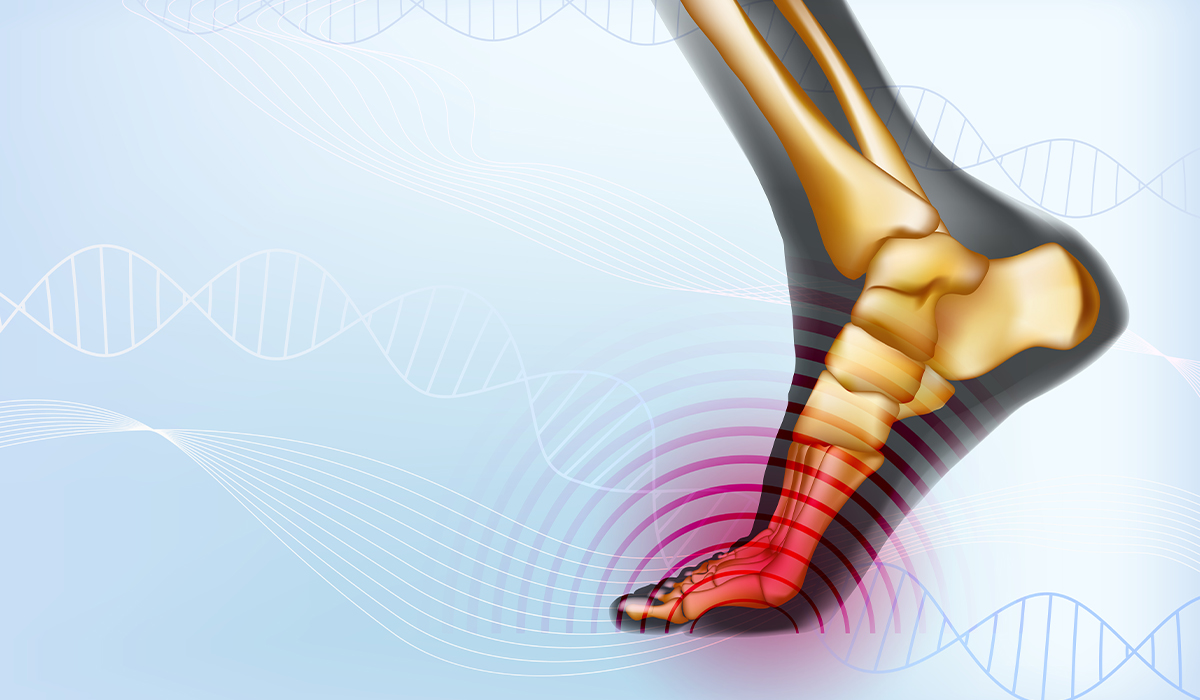
Turf toe is an injury of the main joint in the big toe. It usually occurs when a person bend… read more »
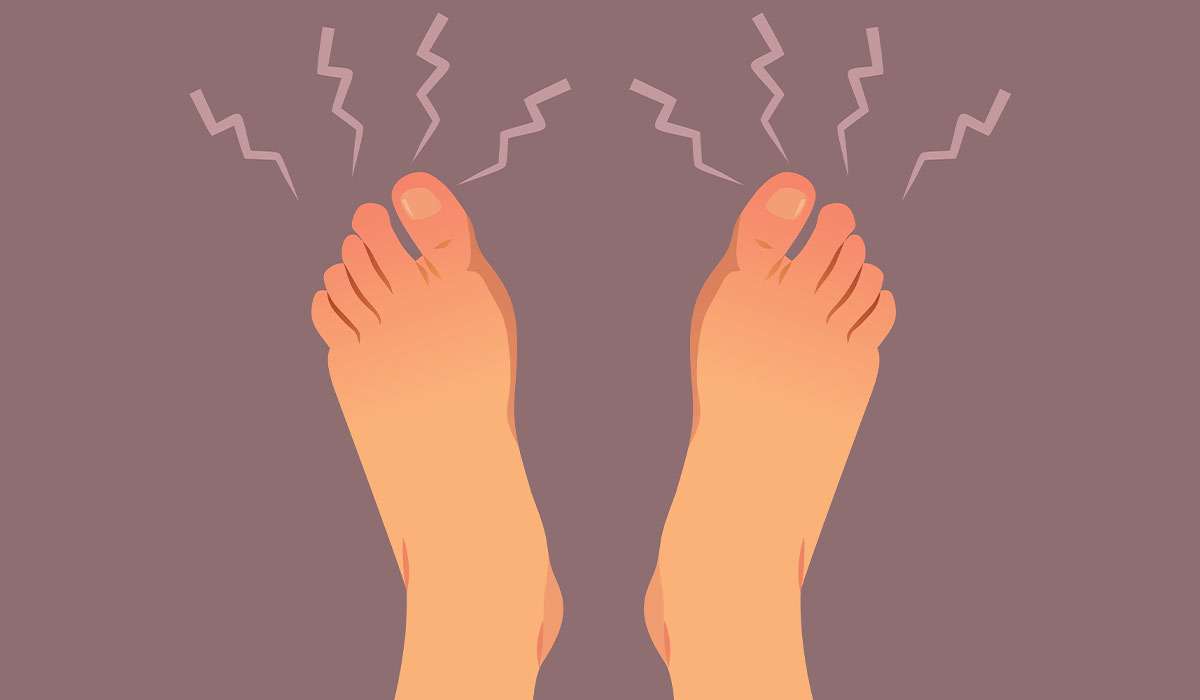
An athlete's foot, or tinea pedis, is an infection of fungal origin that affects the feet. It is usually mild… read more »

The main symptom of Morton's neuroma is pain in the foot. Find out what causes the discomfort. Learn about treatment… read more »

Flat feet, therapeutically called pes planus, happen when a person's foot curve falls or collapses. It causes the whole sole… read more »
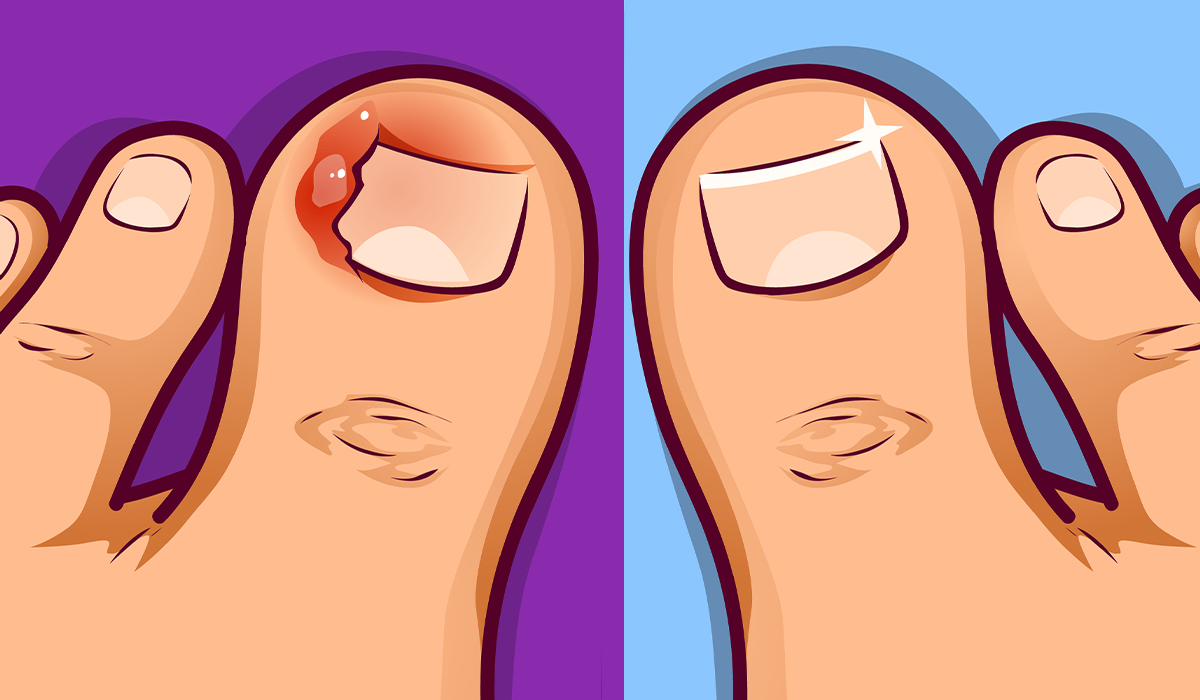
An ingrown toenail that develops into the skin, which specialists call onychocryptosis, happens when the edge or corner of the… read more »
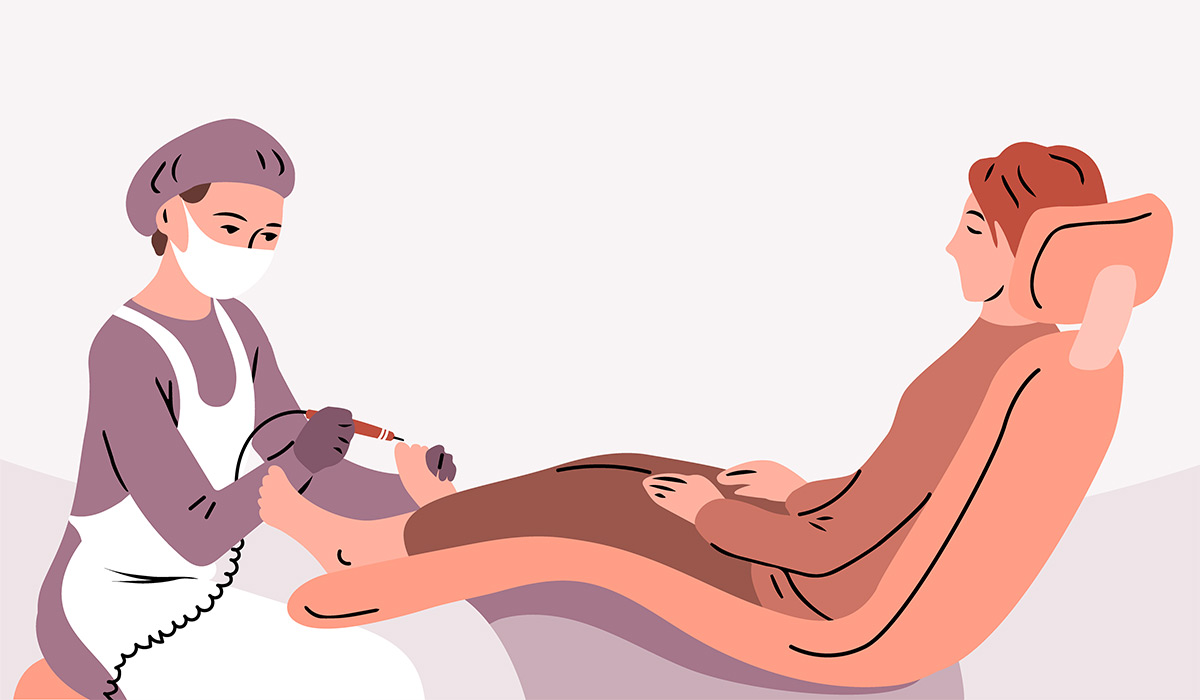
A podiatrist, who individuals moreover call a Doctor of Podiatric Medicine (DPM), knows numerous things about the foot, ankle, and… read more »
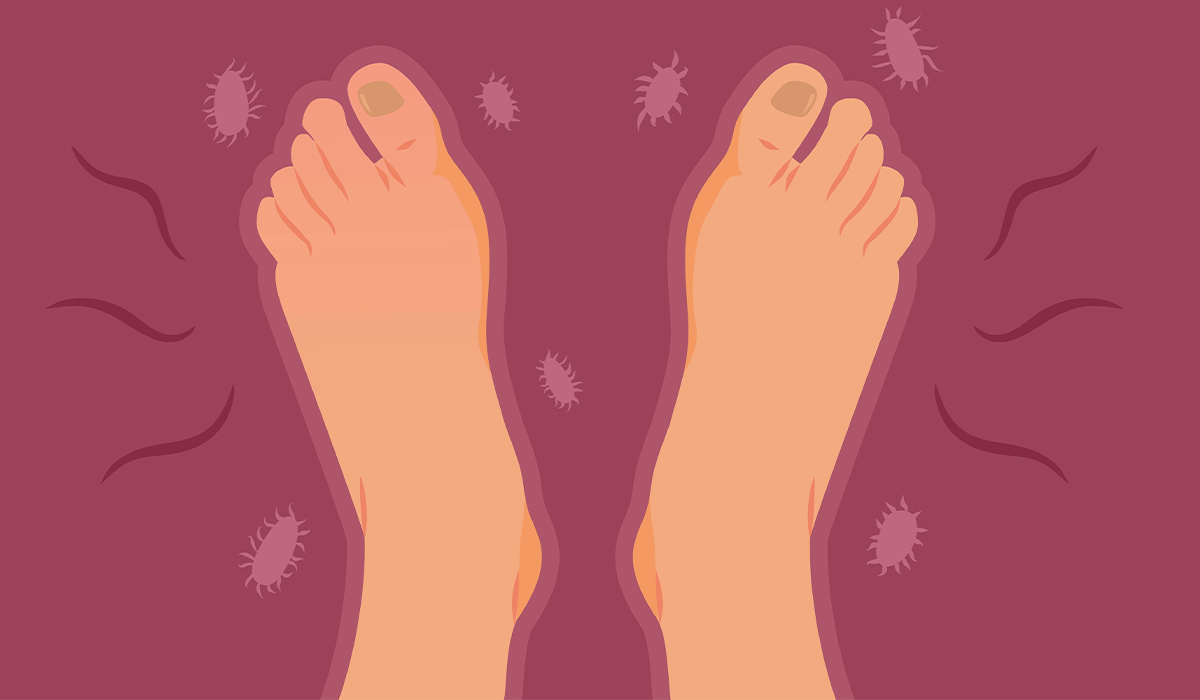
Toenail fungus, scientifically named Onychomycosis, is a common ailment that changes the appearance of toenails. Ordinarily, it turns typical and… read more »

Plantar fasciitis, an inflammation of the plantar fascia, is one of the most common conditions causing stiffness, pain, and swelling… read more »

Heel pain is a common and conceivably weakening condition affecting individuals of any age. That happens because of an issue… read more »